
Louis Jacquot
Jeopardy

Louis Jacquot, art work detail, 2023, photo credit Romain Darnaud.
Advertisement
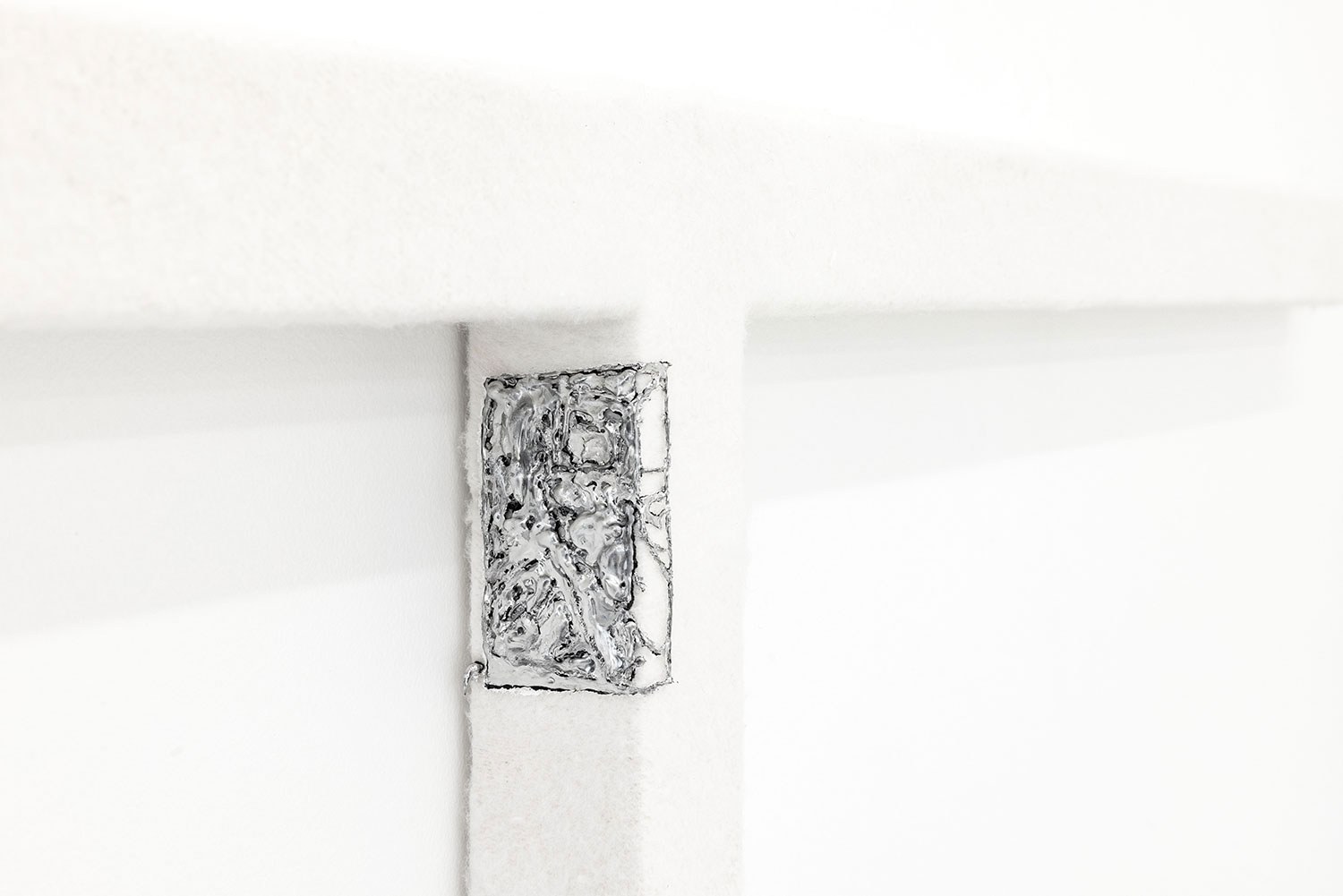
Louis Jacquot, "Franz" (detail), 2023, Acrylic and polyurethane on cotton, 71 × 134 × 4,3 cm.

"Jeopardy", 2023, exhibition view, DS Galerie, Paris.
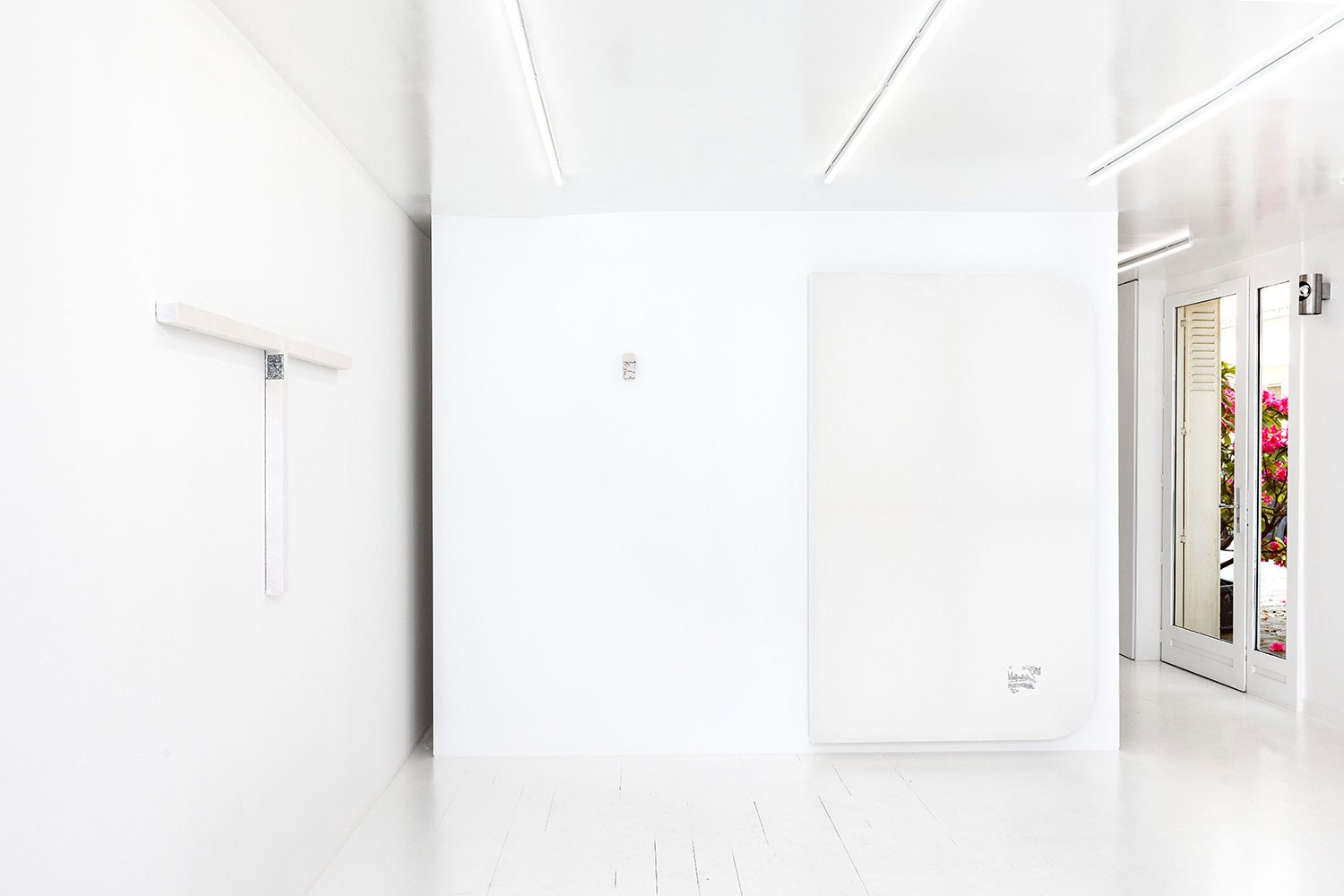
"Jeopardy", 2023, exhibition view, DS Galerie, Paris.
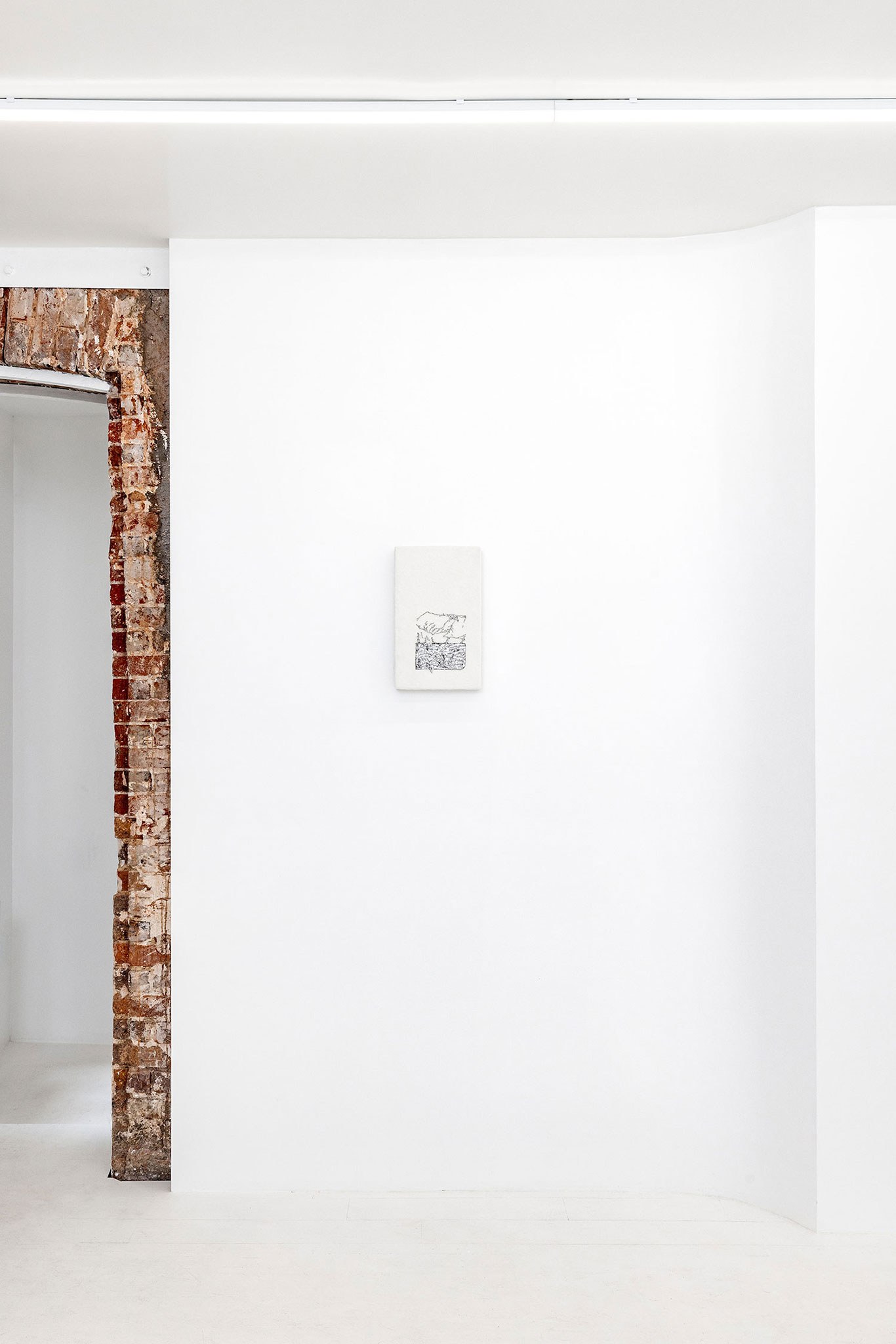
"Jeopardy", 2023, exhibition view, DS Galerie, Paris.

"Jeopardy", 2023, exhibition view, DS Galerie, Paris.
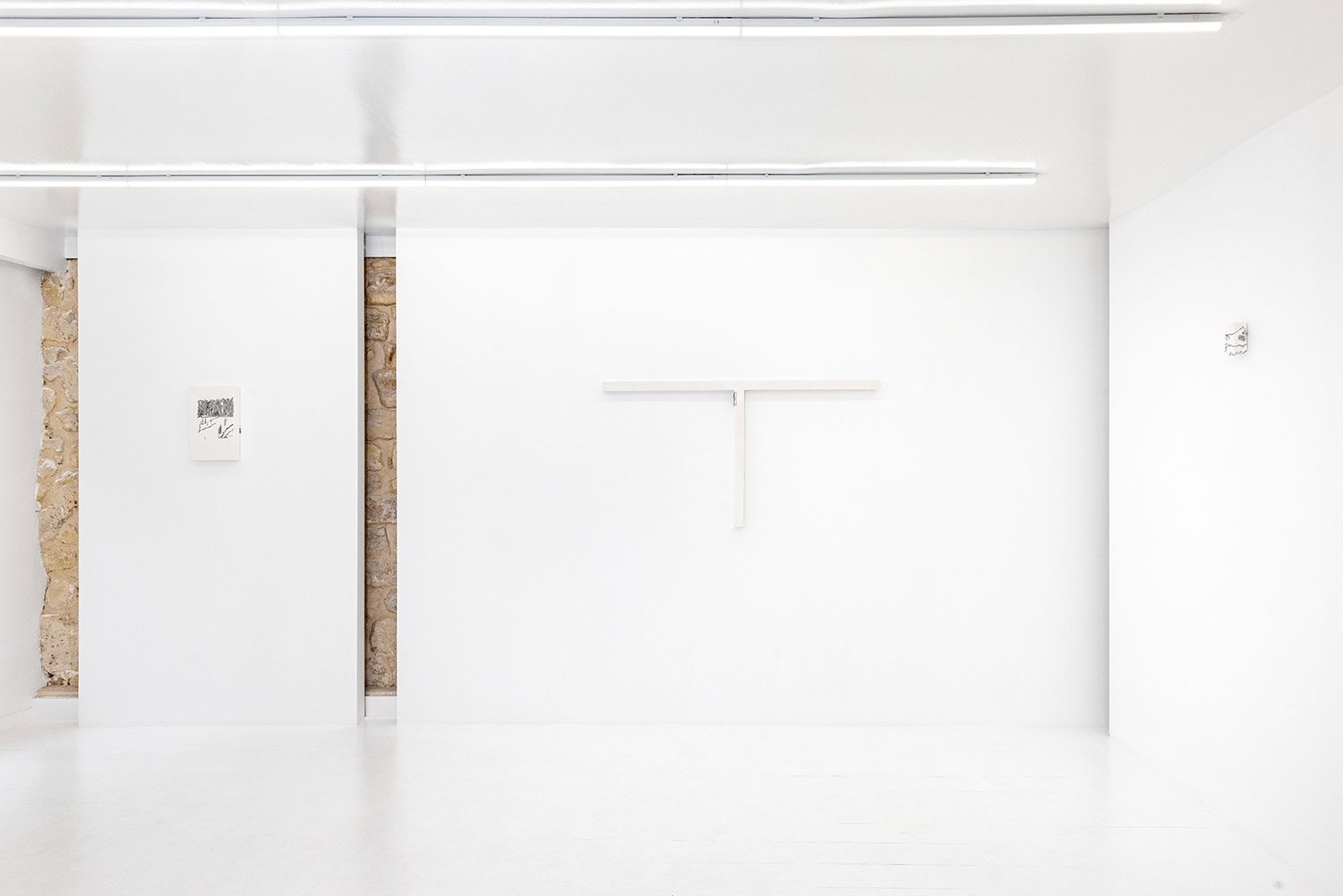
"Jeopardy", 2023, exhibition view, DS Galerie, Paris.

"Jeopardy", 2023, exhibition view, DS Galerie, Paris.
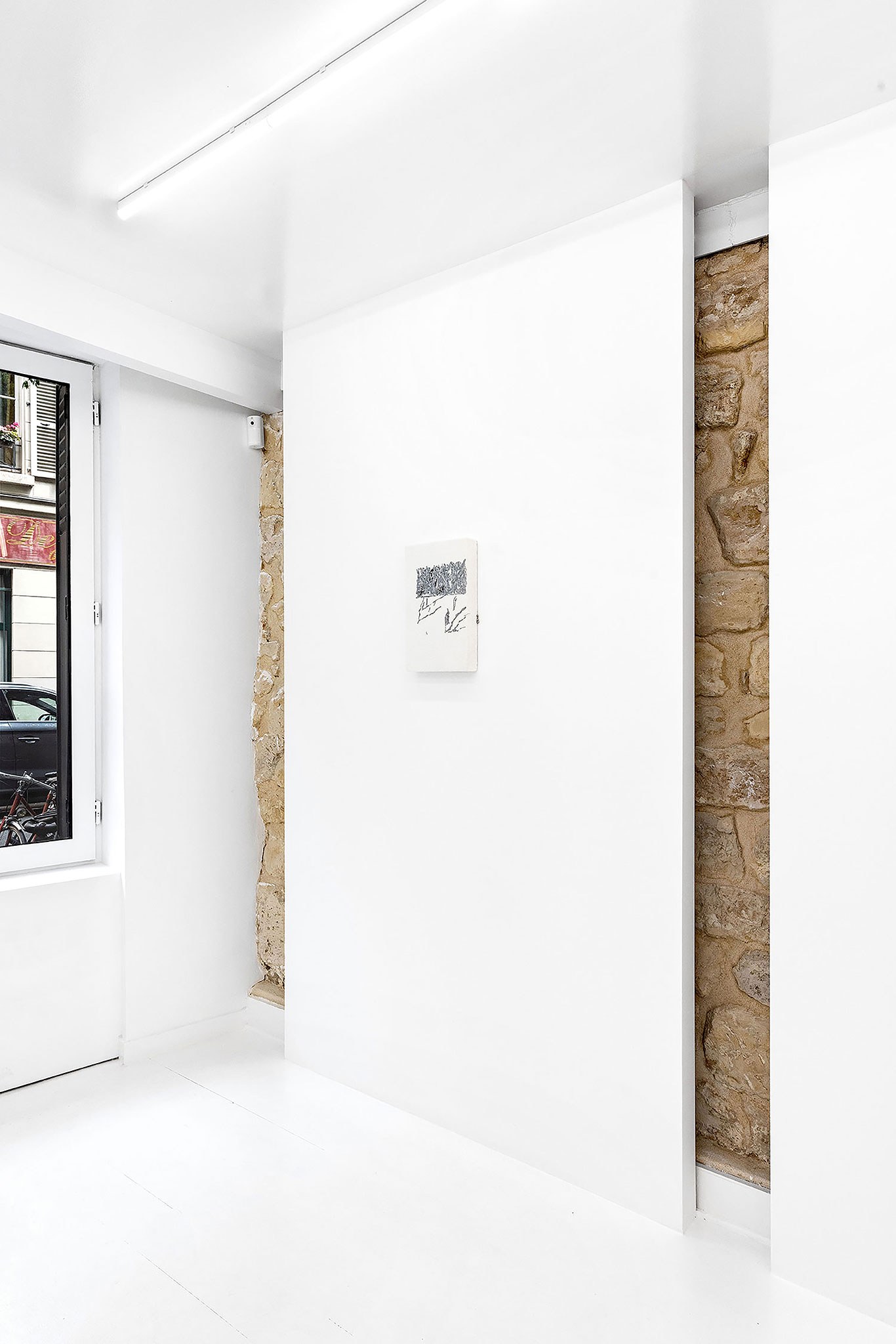
"Jeopardy", 2023, exhibition view, DS Galerie, Paris.

"Jeopardy", 2023, exhibition view, DS Galerie, Paris.

Louis Jacquot, "Katarina" 2023, Acrylic and polyurethane on cotton, 36 × 22 × 4,7 cm.
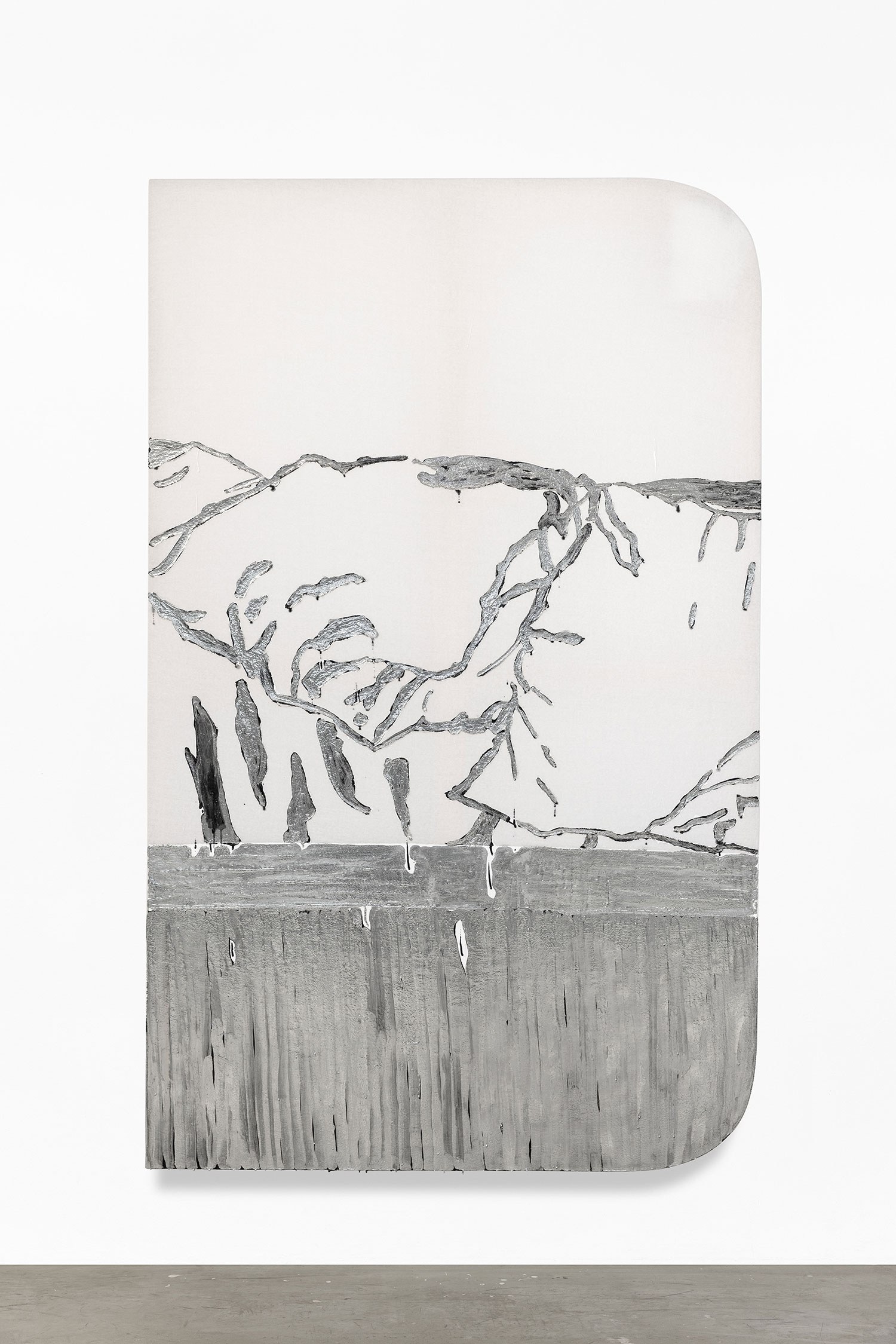
Louis Jacquot, Michel, 2023, acrylic and polyurethane on cotton, 208 × 128 × 7,8 cm.

Louis Jacquot, Wade, 2023, acrylic and polyurethane on cotton, 11 × 4,3 × 4,3 cm.
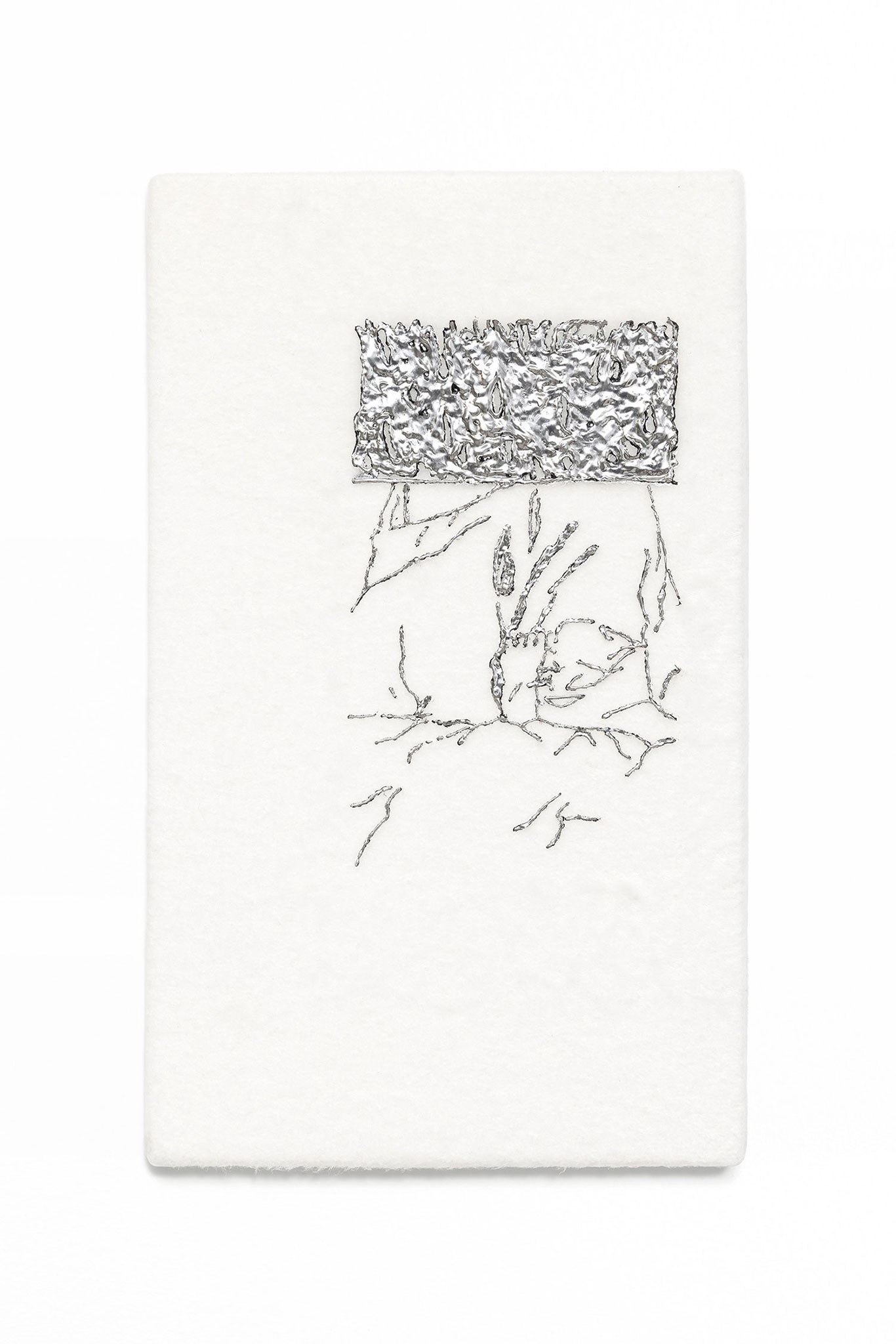
Louis Jacquot, Bob, 2023, acrylic and polyurethane on cotton, 36 × 22 × 4,7 cm.
Presentation:
DS Galerie is pleased to announce the representation of French artist Louis Jacquot, born in 1994 and graduated from the École des Beaux-Arts de Paris in 2020. For the occasion, the artist presents “Jeopardy” his first solo show at the gallery.
Portrait of Louis Jacquot (Represented artist):
Louis Jacquot is an artist who graduated from the École des Beaux-Arts de Paris (2020). His practice evolves in a back and forth between the drawing book and the canvas, between the canvas and the studio space. His large paintings with rounded corners are the result of drawings transferred onto the canvas, in the manner of ancient painters. Everyday objects, interior scenes: a bed, pillows, bed sheets, are all sources of an expression of lines or marks. Playing with perceptions, effects of enlargement and displacement, the artist deploys a work protocol characterised by the production of stretchers lined with light fabrics, on which he applies multiple layers of a mixture that allows him to obtain a unique metallic juice. Louis Jacquot was recently a finalist for the Emerige Revelations Grant (2021) and he completed a residency at the Weiss Endowment Fund (2022). Jeopardy is Louis Jacquot's first solo show at DS Galerie.
Exhibition Text by Roxane Ilias:
Conceived according to the standards of the easel painting (a canvas stretched on a frame) and recalling some iconic forms of the American shaped canvas, Louis Jacquot's paintings nevertheless bear little resemblance to conventional picture attributes. They are irregular, cramped, excessively thick, as if they were unfinished mocks-up. Hung upside down, sometimes superimposed, they overturn the authority of the painting and disorient the viewer, forcing them to move and contort to discover the crippled motifs that run along the edge of the image and spill over the sides. The painter solicits a vision that is no longer frontal but oblique, precluding any possibility of visual delight. Repetitive and monotonous, his paintings claim the right to banality, weariness, and aesthetic laziness, lamenting the impoverished relationship between the viewer and the work today, much like aging, tired lovers.
Following a conceptual formula established by the artist several years ago, which consists of reproducing, in painting, the iconography and standard proportions of a sketchbook with the help of minimal pictorial tools, the works in the exhibition result from an additional degree of transformation regarding this initial principle: they were designed from leftovers of stretchers made for these large-scale paintings. This method, both generative and derivative, alludes to the metaphor of the imitative regime of images, criticized by Plato in his allegory of the “Three Beds”, where he condemned the artistic image as an illusory imitation of a sensible object imitating itself an intelligible concept.
Reproducing drawings of bedrooms from the artist's sketchbooks, these paintings with sometimes disconcerting shapes and configurations are covered with unprimed plush fabric, recalling the reassuring softness of pajamas and the fluffiness of bedding. However, the surfaces stained with shiny streaks, which reveal disheveled sheets and crumpled pillows, betray a certain impurity: metallic reflections and powerful material effects envelop the canvases in a hazy, viscous substance that might suggest the air tainted by nighttime activity.
Despite its apparent neutrality, Louis Jacquot's practice is underpinned by a critical approach of painting and challenges both its nature and its relationship to subject matter and representation. While the artist used drawings as a starting point to establish the visual content of his works, he deliberately embarked on a loosening operation to distort the line through successive layers, impasto, and numerous accidents; giving rise to unrecognizable and formless images. By jeopardizing the initial referent and the notion of aesthetic model through several metamorphoses, Louis Jacquot's pictorial objects reveal the illusion and simulacrum of a painting that holds its own reality, its own system of gestures and references, in short, a life of its own, emancipated.
Roxane Ilias



